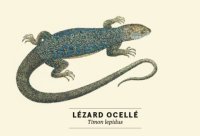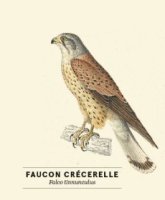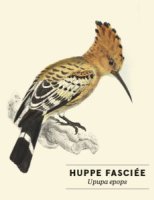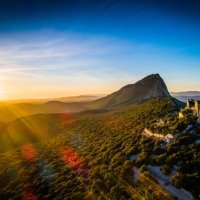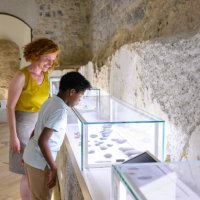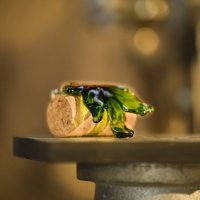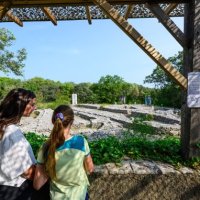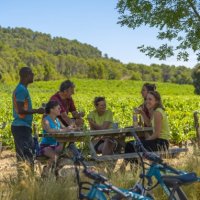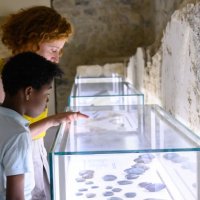Fauna & Flora
Under the sun that bathes the garrigue, the attentive walker will discover a world of plants and animals that has adapted to particular conditions. Its richness makes it one of the great Mediterranean ecosystems.
Made up of herbaceous plants and fragrant shrubs - including thyme, rosemary and juniper - the garrigue is fragrant in hot weather. Wild lavender and mint also grow here, powerfully scented: the first way to explore the garrigue is with your nose. Open and sparse, it flourishes on limestone soil, dotted with olive trees and groves of Kermes oak.
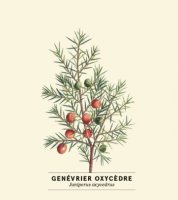
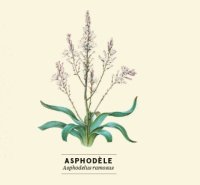
Continue on your way and look up. You might see a kestrel, a hoopoe or a European bee-eater. Recognisable by its black beak and yellow, red and blue plumage, this multicoloured bird is reminiscent of an exotic species.
Its name comes from its diet: this insectivore prefers hymenoptera. Wasps, bees and hornets make up its menu.
When night falls, listen carefully: the crickets take over from the cicadas, and the Great Horned Owl hooters. He's off hunting.
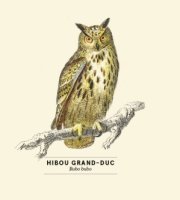
This vegetation attracts wildlife, which finds shelter and food here. The Hermit butterfly forages, accompanied by the bees that produce a distinctive honey, while the Ocellated lizard scampers about in search of berries, beetles or small snails.
You might even spot it lounging on a stone warmed by the sun, Europe's largest lizard. It has beautiful green and bright blue scales, which can turn black when camouflaged.
